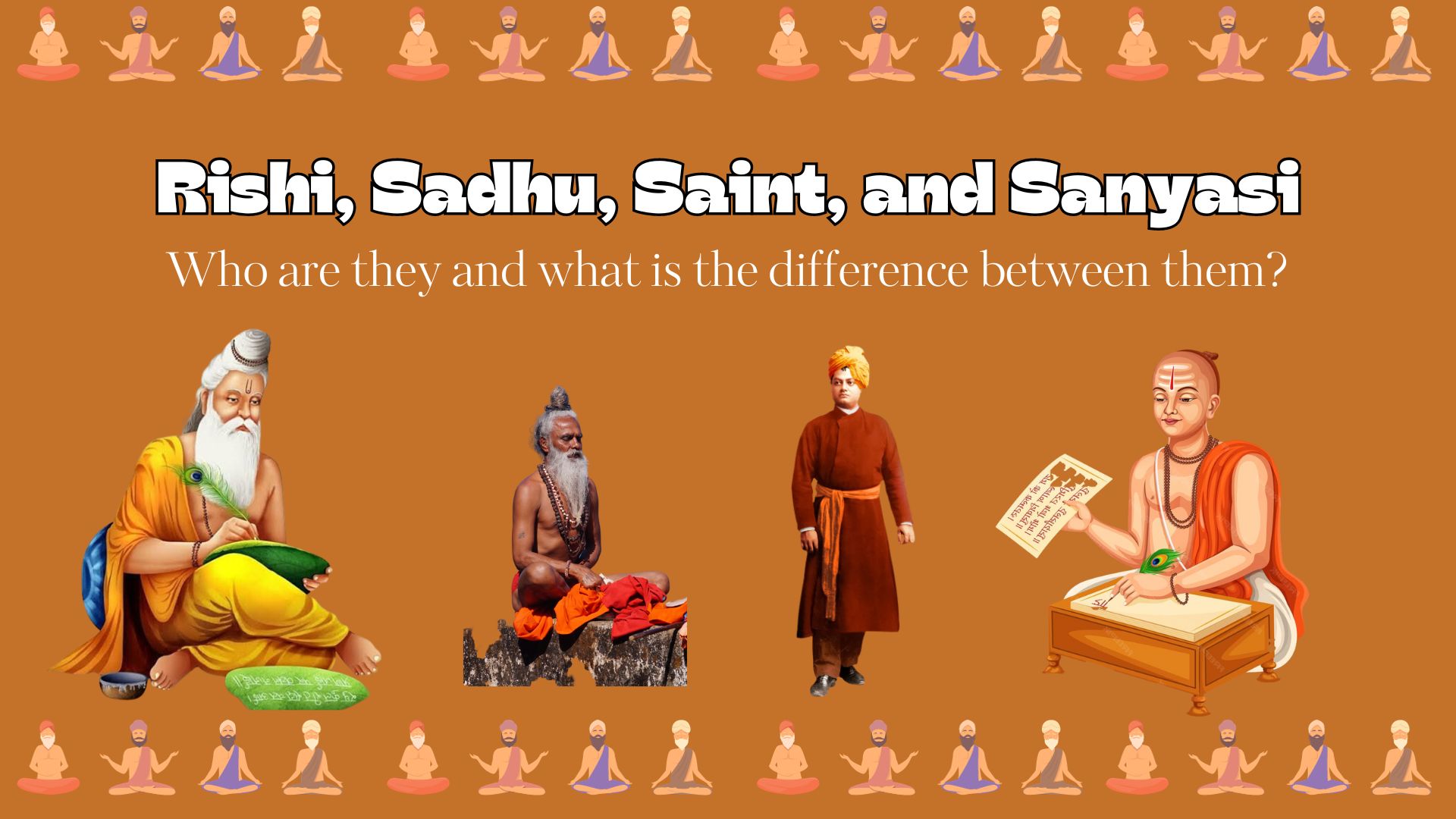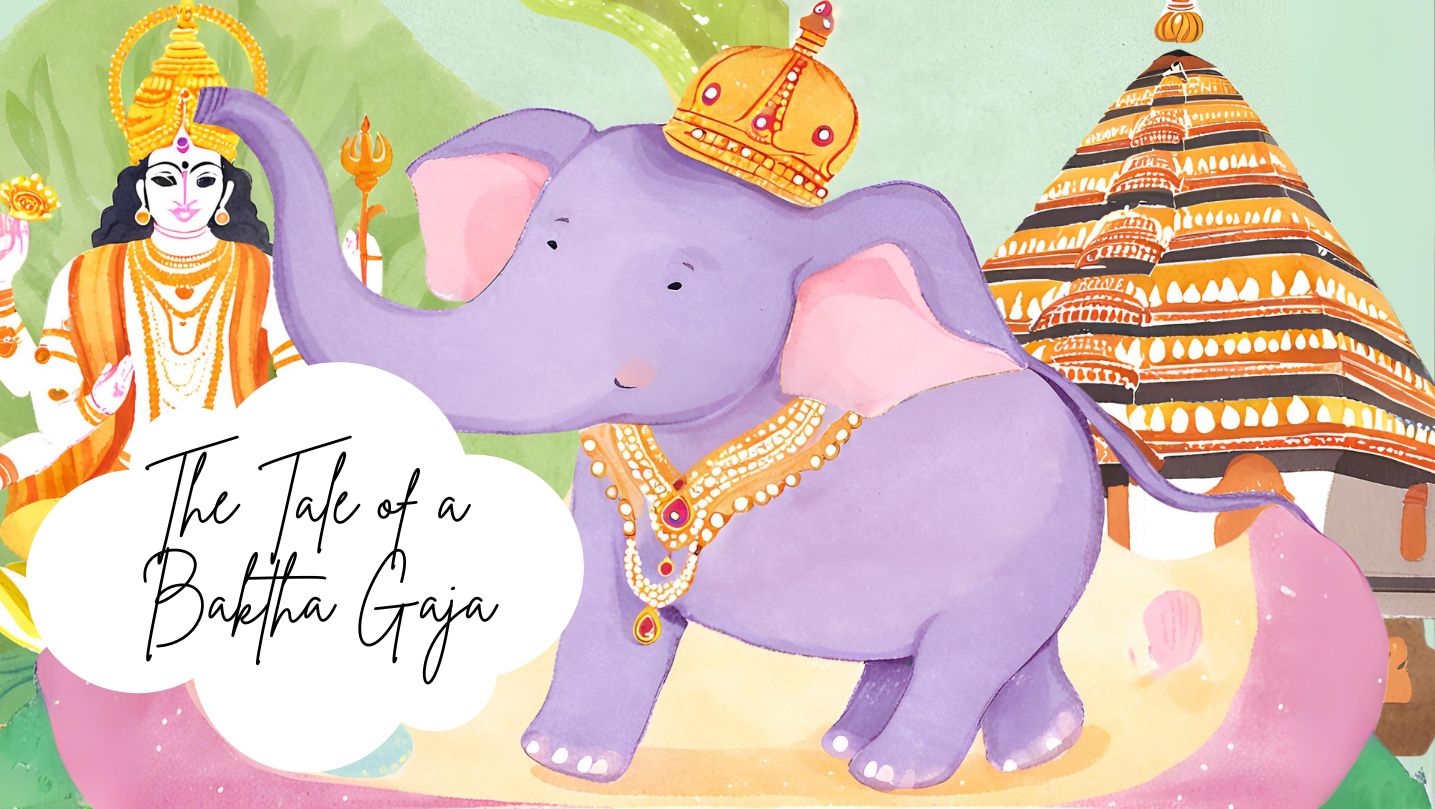
In Hinduism, the rich tapestry of spirituality is woven with various terms and roles that guide individuals on their quest for enlightenment and a deeper connection with the divine. Let's explore these terms and their significance, drawing from ancient Hindu texts.
1. Rishi: The Visionary Sage
The term "Rishi" finds its roots in the Rigveda, one of the oldest sacred texts of Hinduism. Rishis are revered as visionary sages who possess profound spiritual insight and wisdom. They are known for their ability to tap into the cosmic consciousness through meditation and ascetic practices. Rishis are mentioned throughout the Vedas, where their hymns and insights are celebrated. These seers play a pivotal role in preserving and transmitting the sacred knowledge of Hinduism through the ages.
Here are some examples of prominent Rishis:
Maharishi Valmiki: Known as the author of the epic Ramayana, Maharishi Valmiki's spiritual transformation from a robber to a sage exemplifies the transformative power of spirituality.
Rajarishi Janaka: King Janaka of Mithila is referred to as a "Rajarishi" because he balanced his royal duties with spiritual pursuits. His conversations with sage Yajnavalkya are well-documented in the Upanishads.
Devarishi Narada: Devarishi Narada is a celestial sage known for his devotion to Lord Vishnu and his role as a divine messenger. His teachings emphasize the importance of bhakti (devotion) in spiritual growth.
Brahmarishi Vishwamitra: Brahmarishi Vishwamitra is renowned for his intense tapas (austerities) and his transformation into a sage with great spiritual power. He is also credited with composing hymns in the Rigveda.
2. Sadhu: The Ascetic Devotee
In the Hindu tradition, "Sadhu" signifies an ascetic devotee who has chosen the path of renunciation. The Bhagavad Gita, a revered scripture, mentions the significance of renunciation in attaining spiritual growth. Sadhus renounce material possessions, family ties, and worldly comforts to focus exclusively on their spiritual journey. They may be found in various sects and orders, each with its unique practices and beliefs. Sadhus embody the principle of detachment and seek spiritual realization through meditation and devotion.
Here are examples of different types of Sadhus:
Naga Sadhus: These Sadhus are often associated with the Nagas, one of the largest and most prominent Shaiva sects. They are known for their distinctive practice of wearing no clothes even in extreme weather conditions.
Vaishnava Sadhus: Devotees of Lord Vishnu, these Sadhus dedicate their lives to the worship and service of Vishnu and often wear distinctive markings, like the U-shaped tilak on their foreheads.
3. Saint: Exemplars of Holiness
The term "Saint" is not exclusive to Hinduism but is widely recognized in the context of revered and holy figures. Hinduism has its share of saints, often referred to as "Mahatmas" or "Sant." These individuals are celebrated for their exceptional holiness, piety, and virtuous lives. While not tied to a specific scripture, their teachings and deeds are deeply rooted in the core principles of Hinduism, such as dharma (righteousness) and bhakti (devotion). Saints serve as inspiring examples of how to lead a life dedicated to the divine.
Here are examples of well-known Hindu saints:
Saint Tulsidas: Known for his devotion to Lord Rama, Saint Tulsidas composed the famous epic poem "Ramcharitmanas," which narrates the life of Lord Rama.
Sant Eknath: A Marathi saint, Eknath was a poet-saint who contributed significantly to the Bhakti movement in Maharashtra through his devotional writings.
4. Sanyasi: The Renunciant Seeker
The concept of "Sanyasi" is intricately tied to the pursuit of spiritual enlightenment. Sanyasis are individuals who have taken vows of renunciation, shedding worldly attachments and desires. This term is mentioned in various Hindu scriptures, including the Manusmriti and the Upanishads. Sanyasis represent the aspiration to transcend material concerns and seek unity with the ultimate reality. They live a life of simplicity and contemplation, embodying the ideal of self-realization through renunciation.
Here are examples of notable Sanyasis:
Swami Vivekananda: A disciple of Sri Ramakrishna, Swami Vivekananda played a pivotal role in introducing Vedanta and Yoga to the West. He was a modern-day Sanyasi who emphasized the harmony of religions.
Sri Ramana Maharshi: Ramana Maharshi was a revered Sanyasi who advocated self-inquiry (Atma-Vichara) as a means to attain spiritual realization.
In conclusion, Hinduism, with its diverse spiritual landscape, encompasses these terms to guide seekers on their individual paths to spiritual realization. Whether as the visionary Rishi, the ascetic Sadhu, the saintly figure, or the renunciant Sanyasi, each role plays a unique part in the journey towards understanding the self and the divine. These concepts find their roots in ancient Hindu texts, where they continue to inspire and guide generations of spiritual seekers.
Please note that while these terms are prevalent in Hinduism, there may be variations in interpretation and practice among different sects and schools of thought within the tradition.
NEXT ARTICLE

In the lush, green heart of Kerala lived an elephant who became a living legend - a tale of an elephant turned into a bakth. His name was Keshavan, bu...

Bharat has exploded onto the world scene and made global news with its hard-hitting “Operation Sindoor” that struck at the heart of terrorism and laun...

In the bustling age of global trade, Boston—a thriving port city on America’s eastern coast—stood tall as a beacon of commerce. In the early 18th cent...